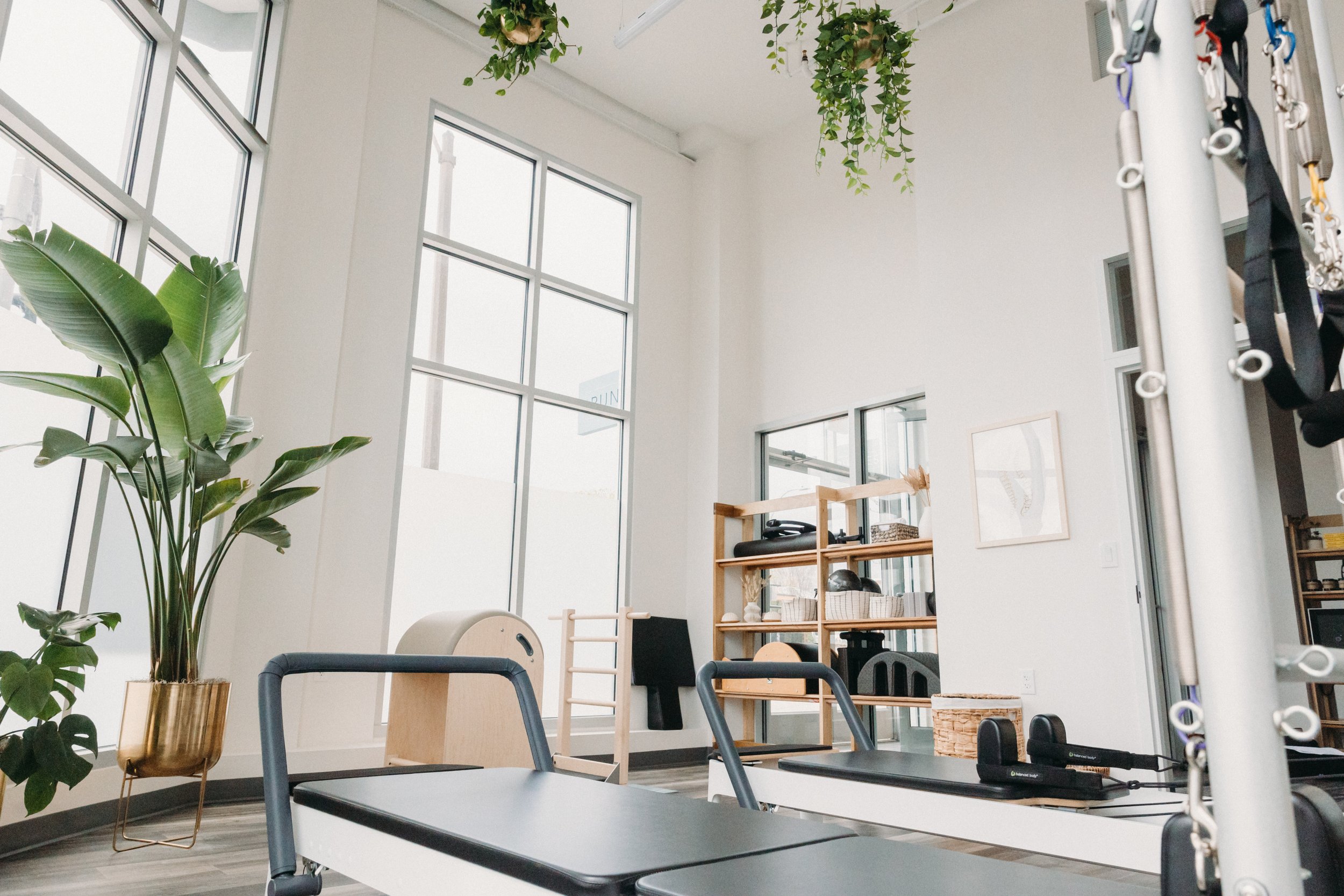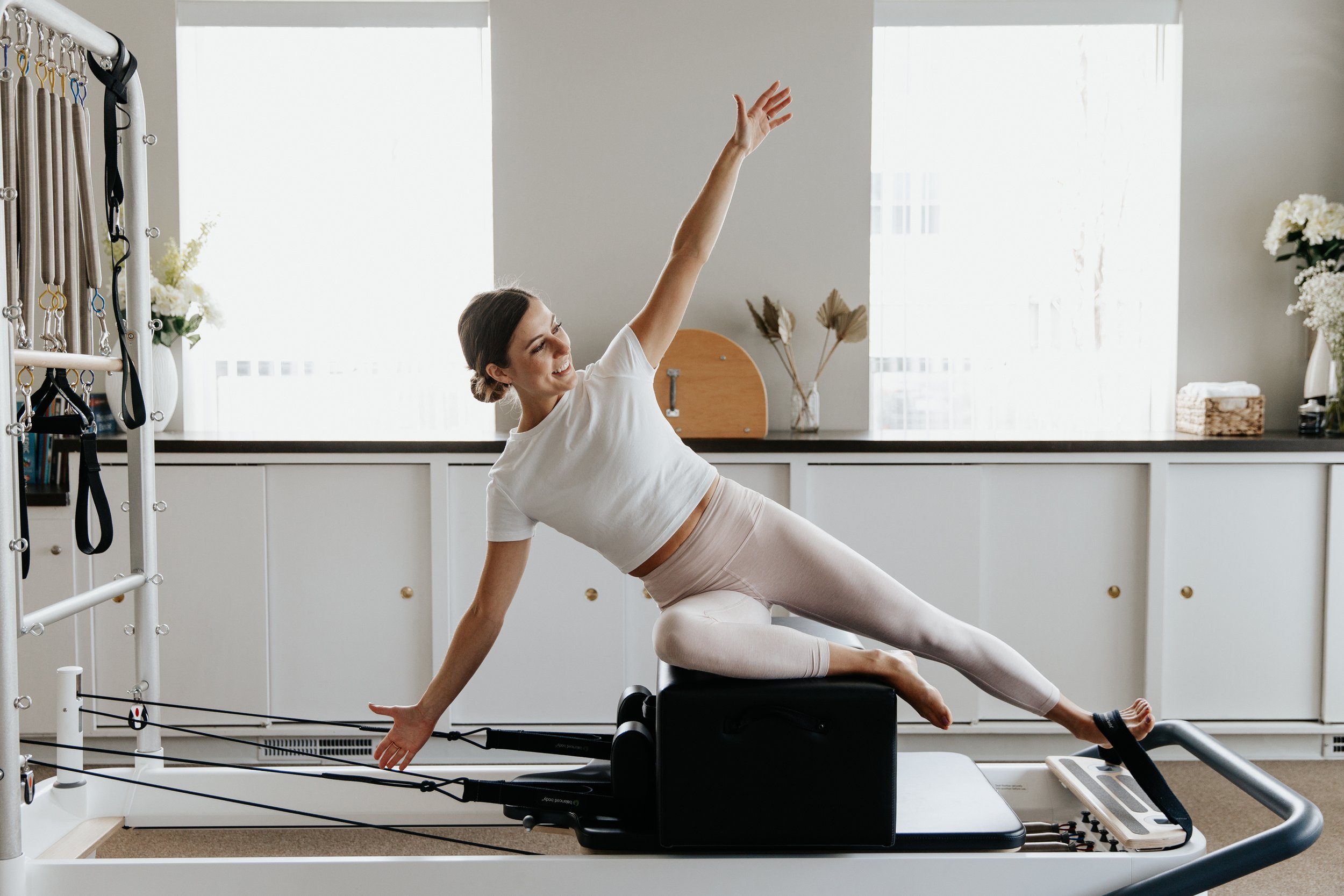The Pilates Rx Blog
REFINING YOUR APPROACH TO PILATES
Subscribe and stay up to date with the latest tips and news.
FEATURED ARTICLES
Do you ever feel like your core isn’t as powerful as it should be? Are you experiencing pelvic pain, leaking, or a sudden urge to go while running, jumping, or training? Discover how pelvic floor therapy supports athletes by creating power, improving stability, preventing injury/leakage, and enhancing performance through targeted core strength and balance.
Dry needling is a modern therapeutic technique used to relieve pain, reduce inflammation, and restore movement by targeting tight muscles and trigger points. Learn how it differs from acupuncture, which conditions it can help — from back pain to TMJ — and how our physical therapist, Cate McPherson, uses it at The Pilates Rx to support your recovery.
When we think of Pilates we often think we are doing it to build strength, improve posture, and increase overall mobility. And while all of these are true, Pilates also appears to have another powerful benefit: its impact on brain health.
Research shows that Pilates supports executive function otherwise known as the set of mental skills that help us plan, focus, remember and adapt. Several studies have found that consistent practice can lead to measurable improvements in executive function, verbal fluency and working memory.













































Do you ever feel like your core isn’t as powerful as it should be? Are you experiencing pelvic pain, leaking, or a sudden urge to go while running, jumping, or training? Discover how pelvic floor therapy supports athletes by creating power, improving stability, preventing injury/leakage, and enhancing performance through targeted core strength and balance.